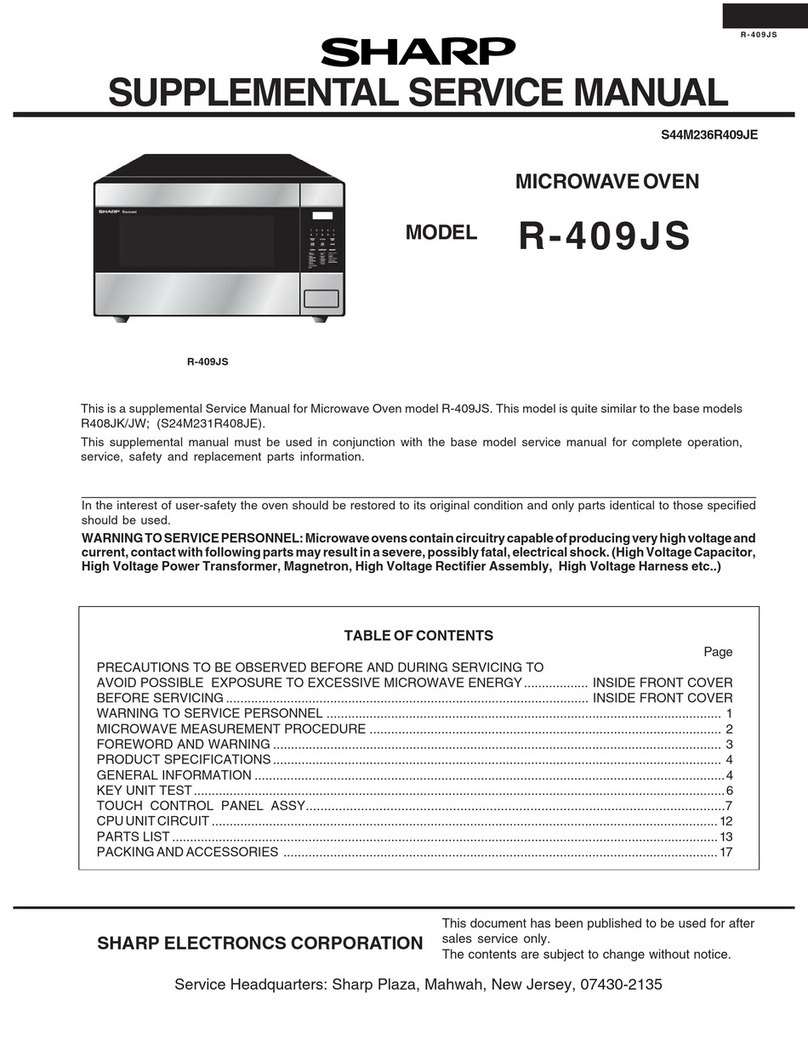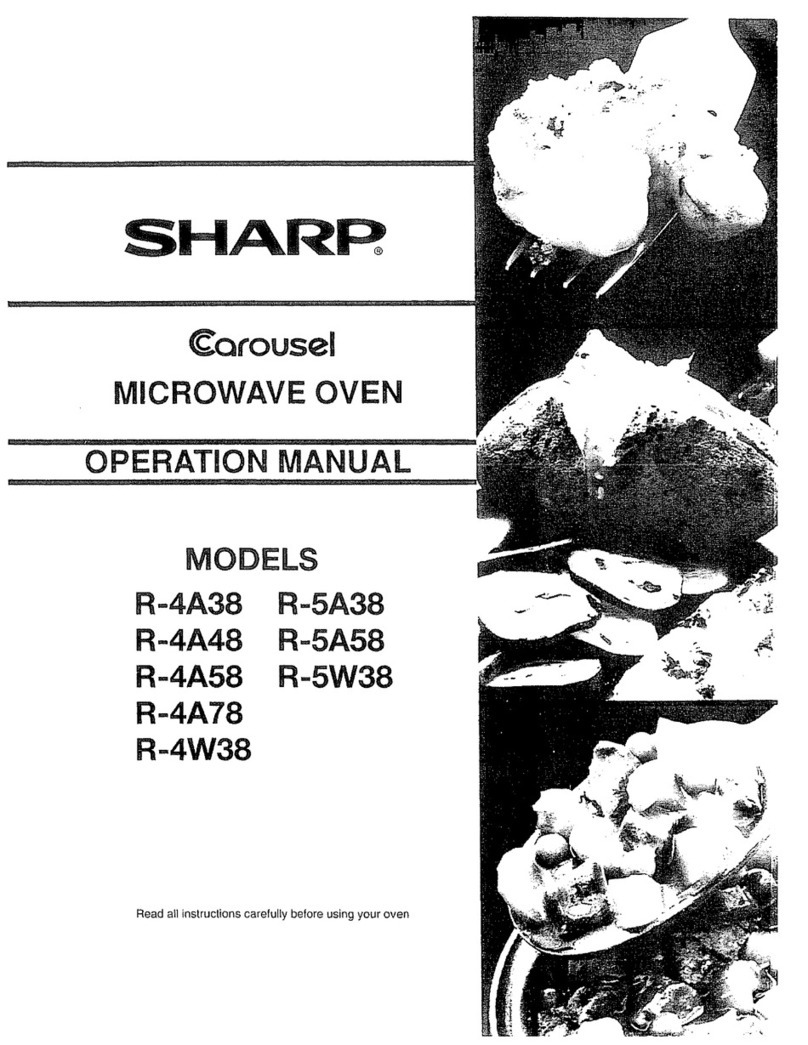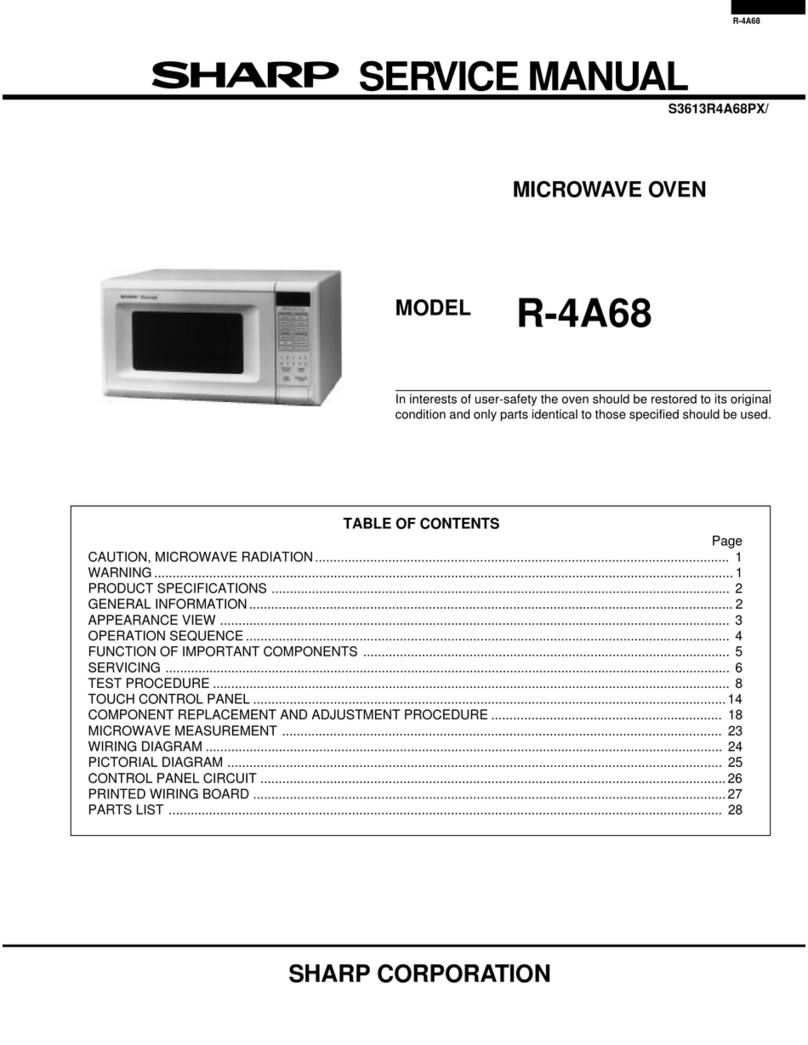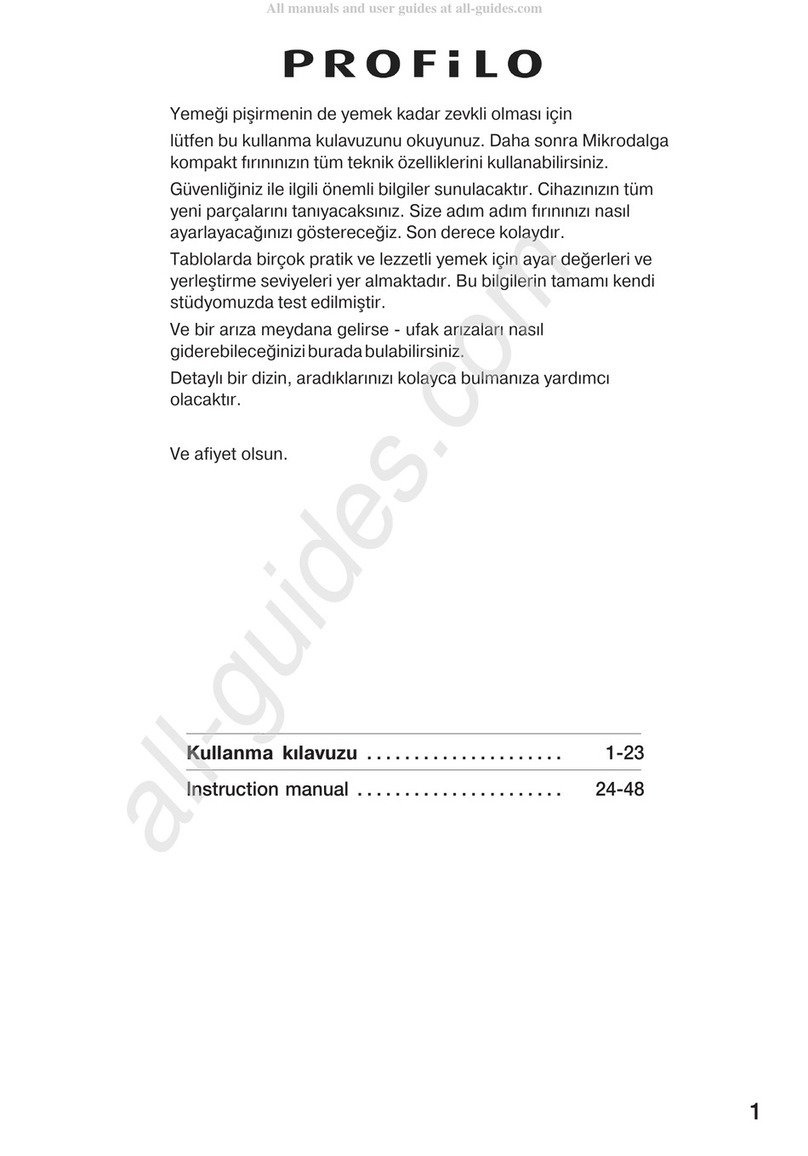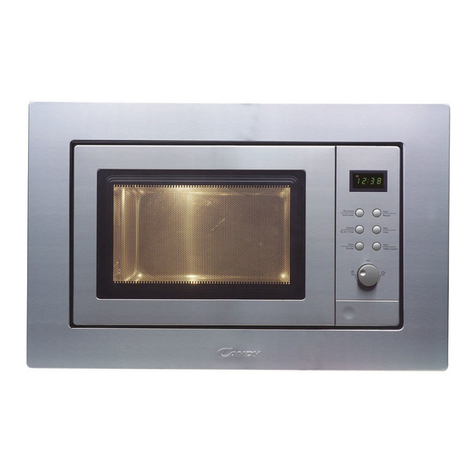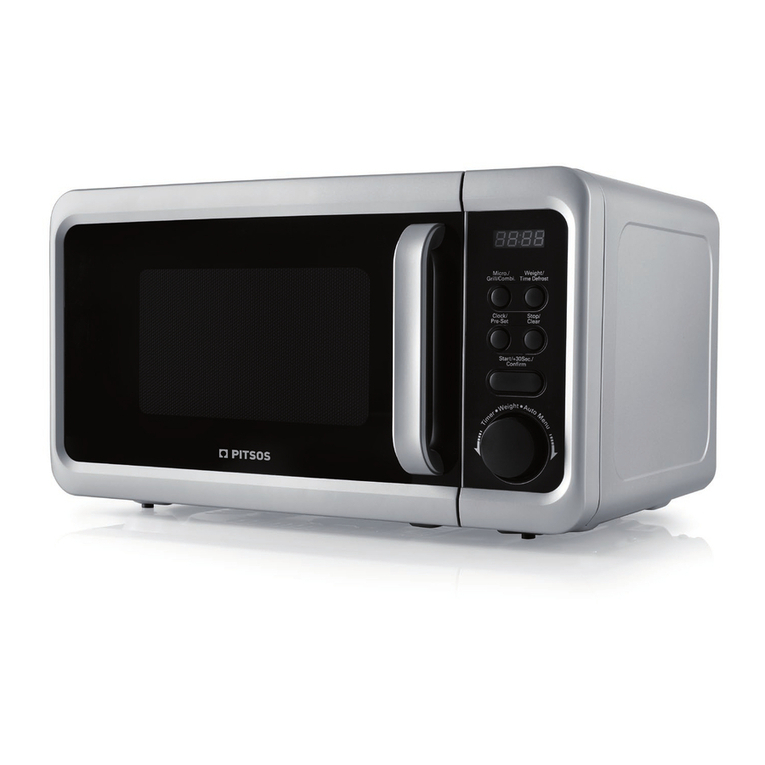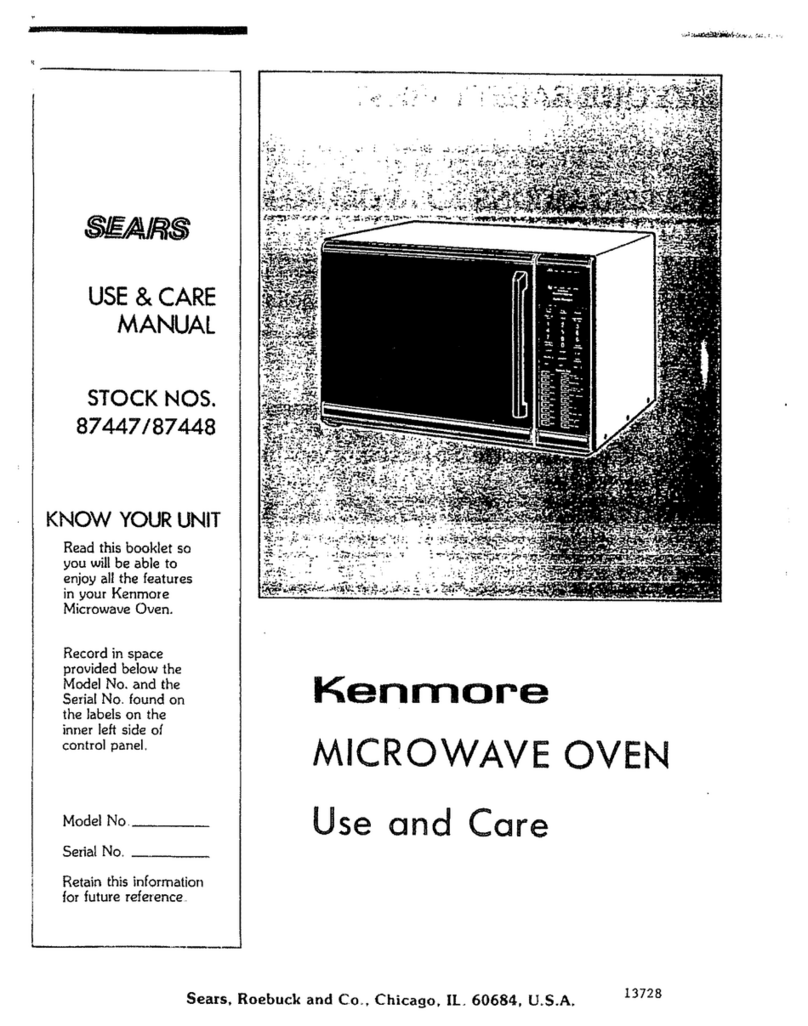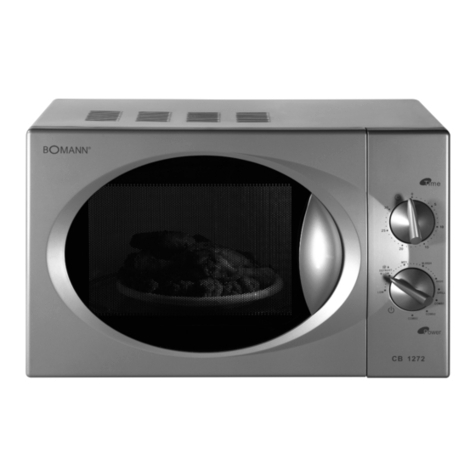Sharp R-26STM Instruction Manual
Other Sharp Microwave Oven manuals
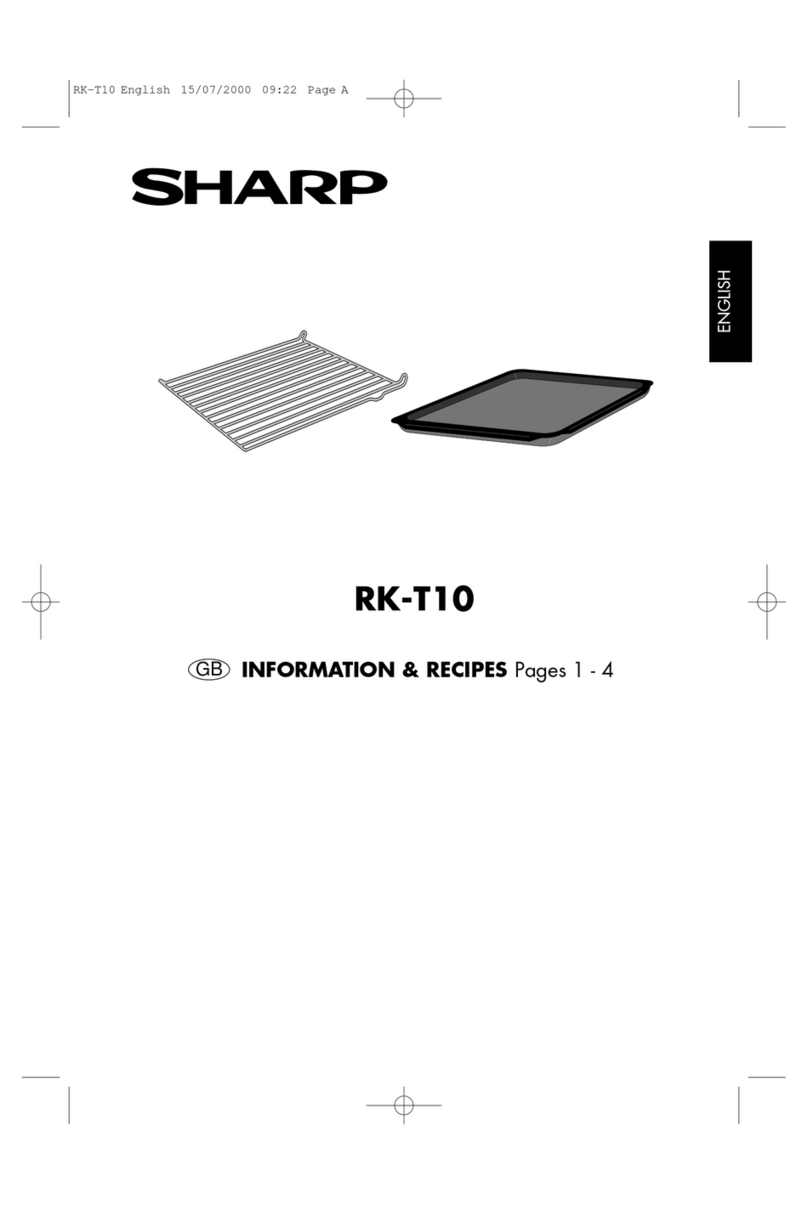
Sharp
Sharp RK-T10 Owner's manual
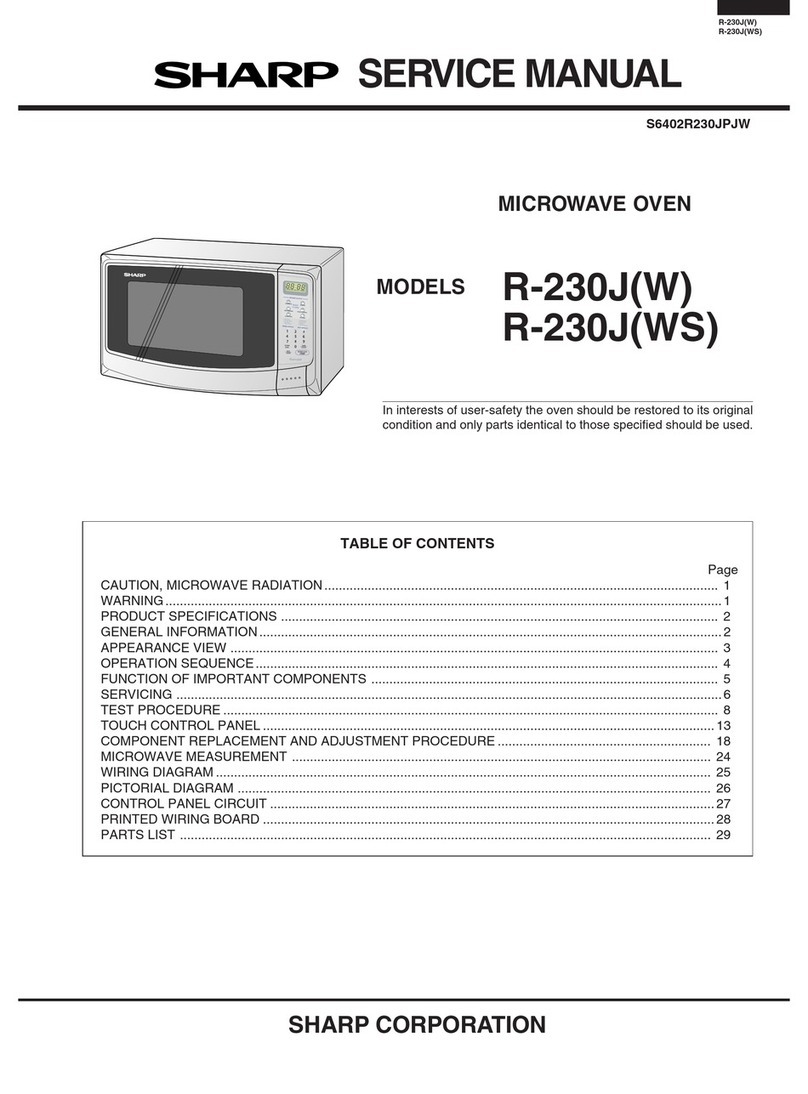
Sharp
Sharp Carousel R-230J User manual
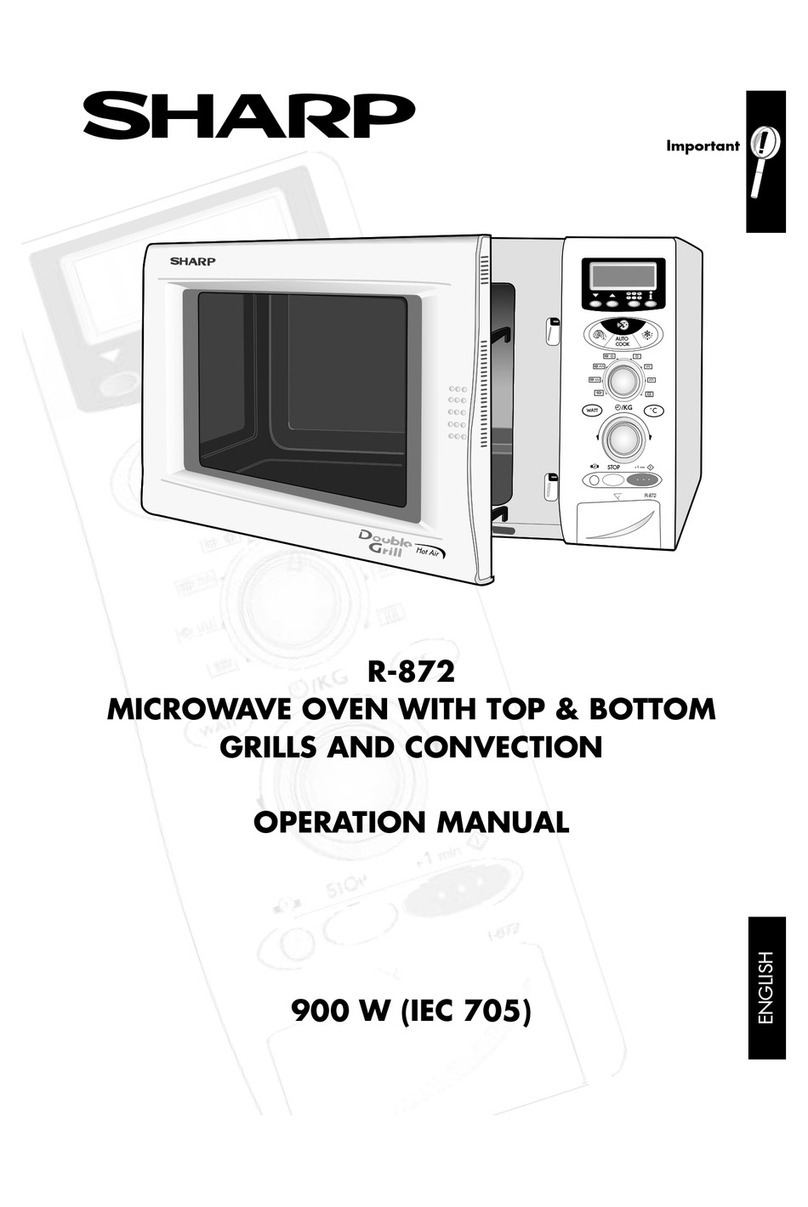
Sharp
Sharp R-872 User manual
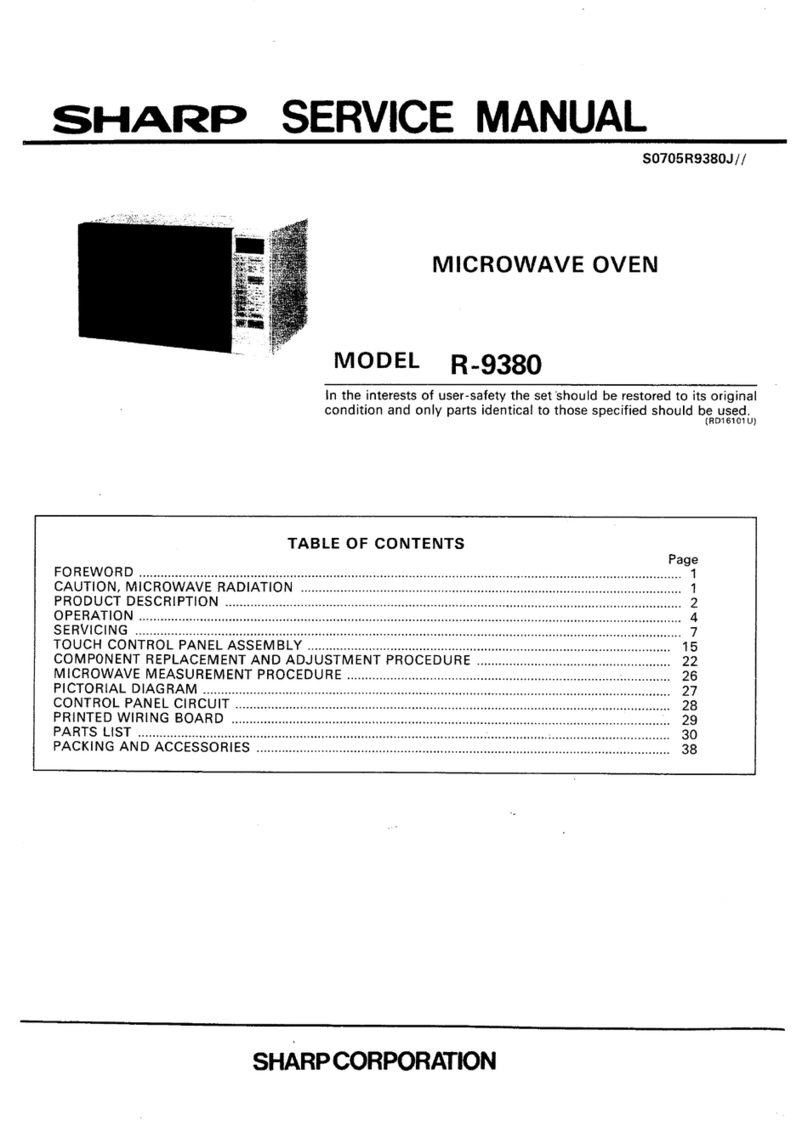
Sharp
Sharp R-9380 User manual
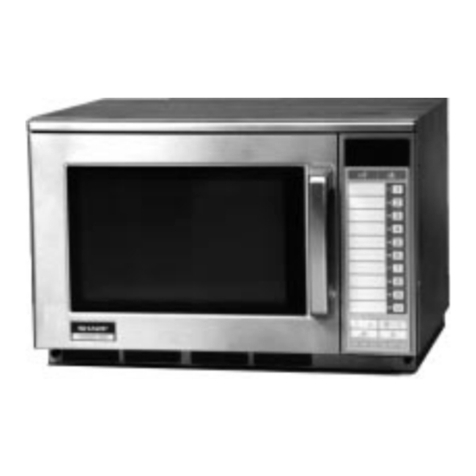
Sharp
Sharp R-2397 User manual

Sharp
Sharp R-4A10 User manual

Sharp
Sharp R-60ST User manual
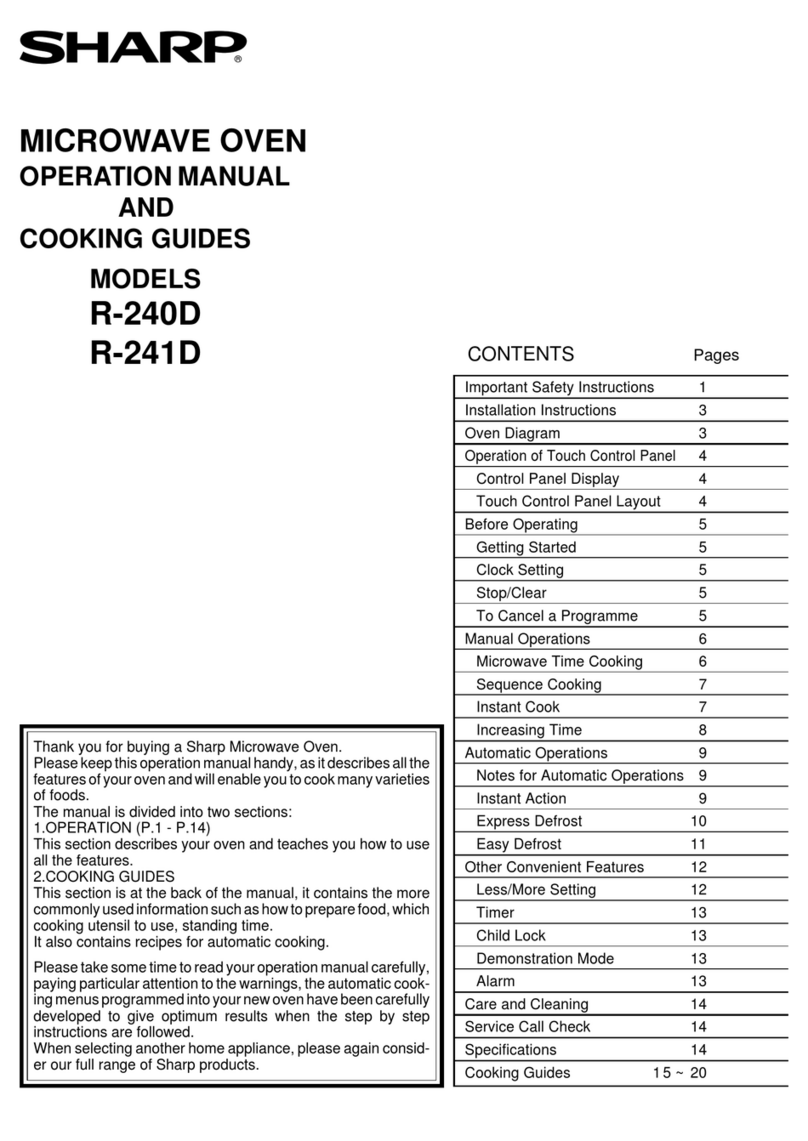
Sharp
Sharp R-240D Use and care manual
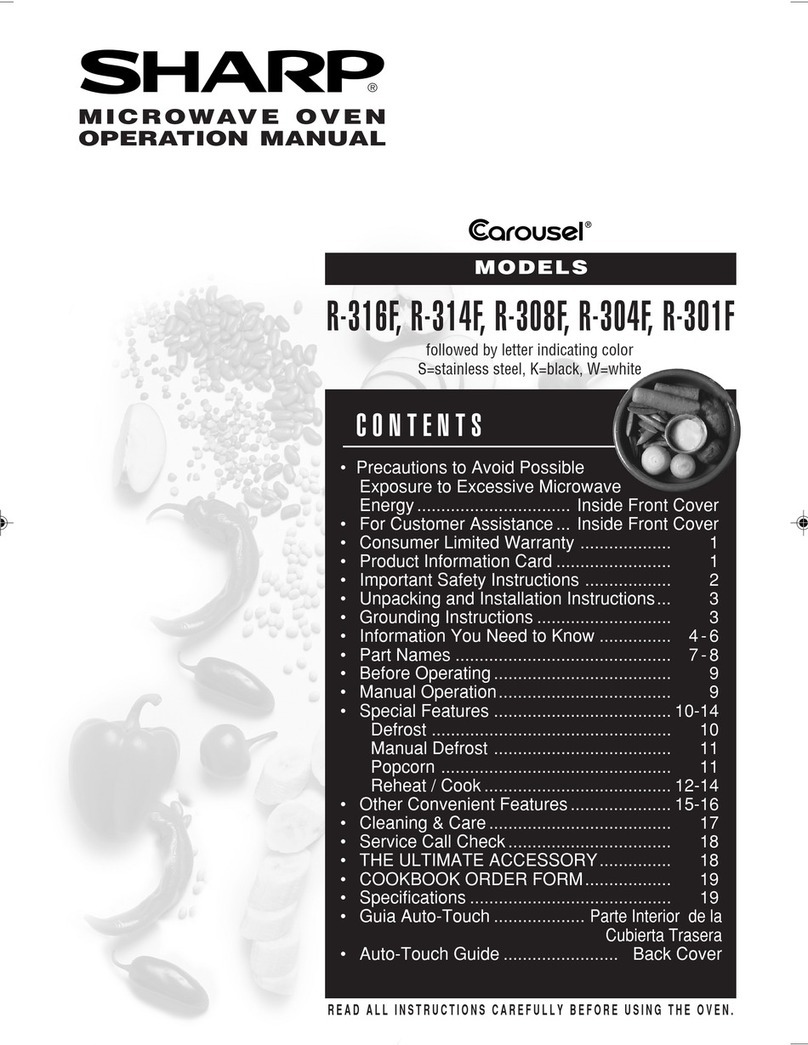
Sharp
Sharp Carousel R-301F User manual
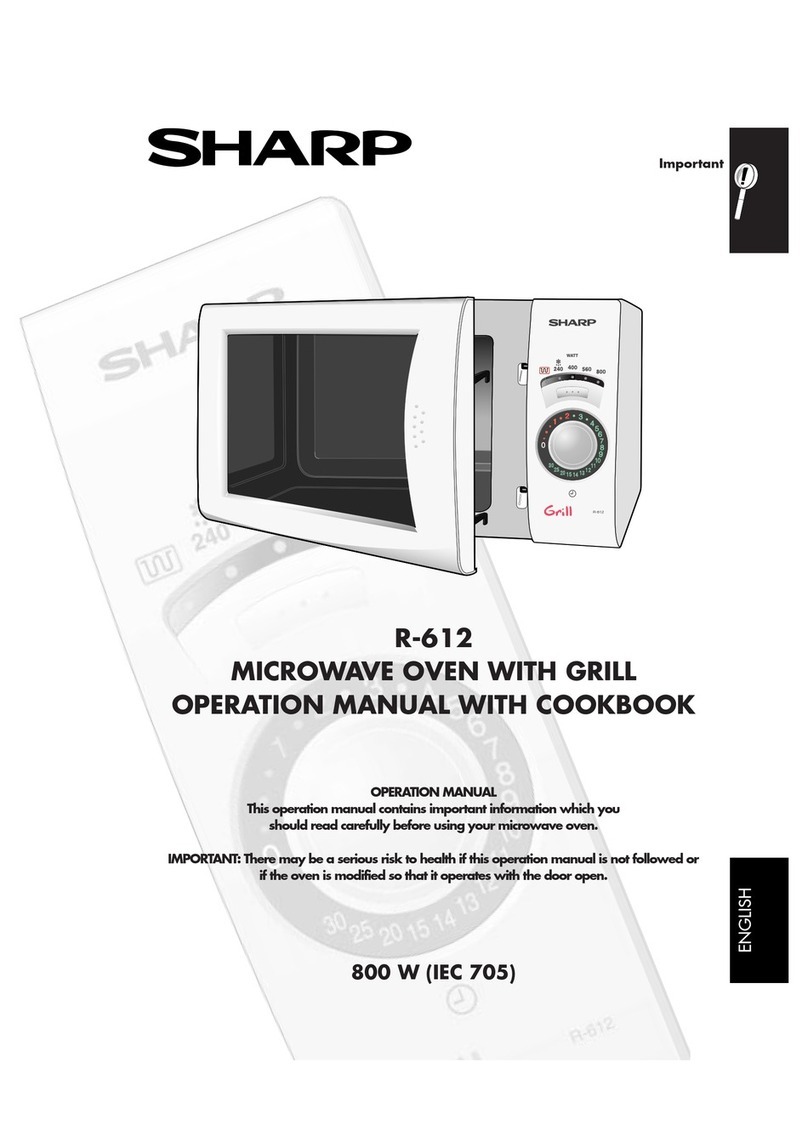
Sharp
Sharp R-612 Instruction Manual
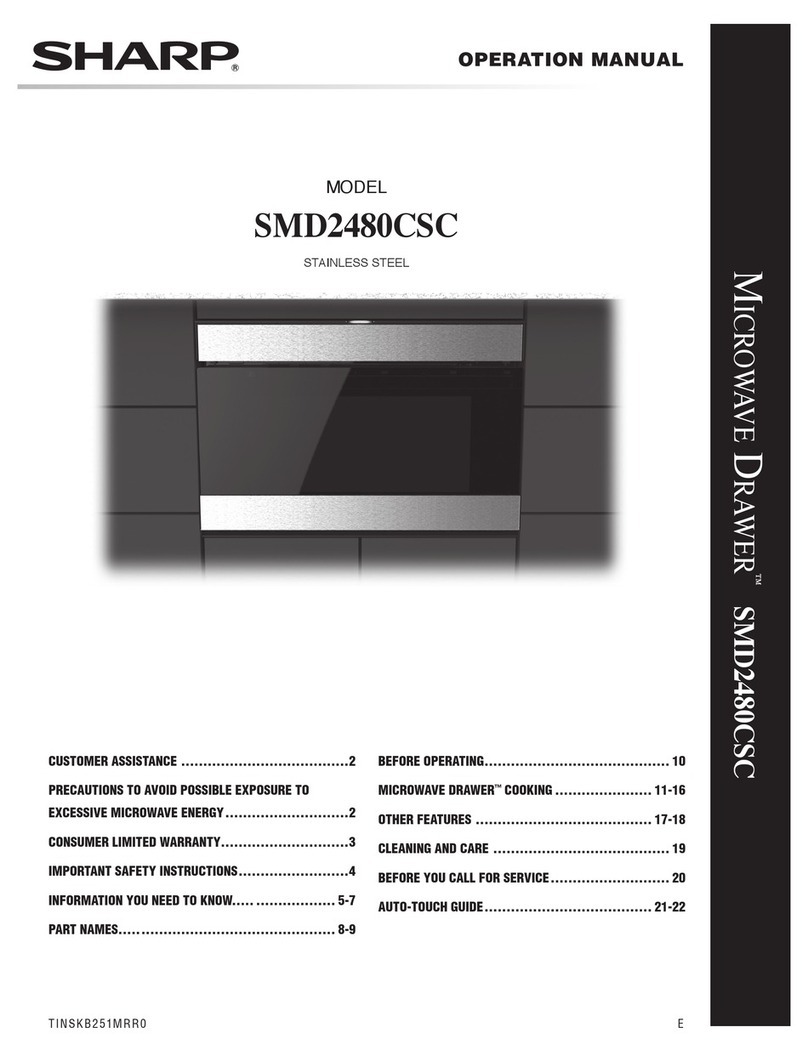
Sharp
Sharp SMD2480CSC User manual
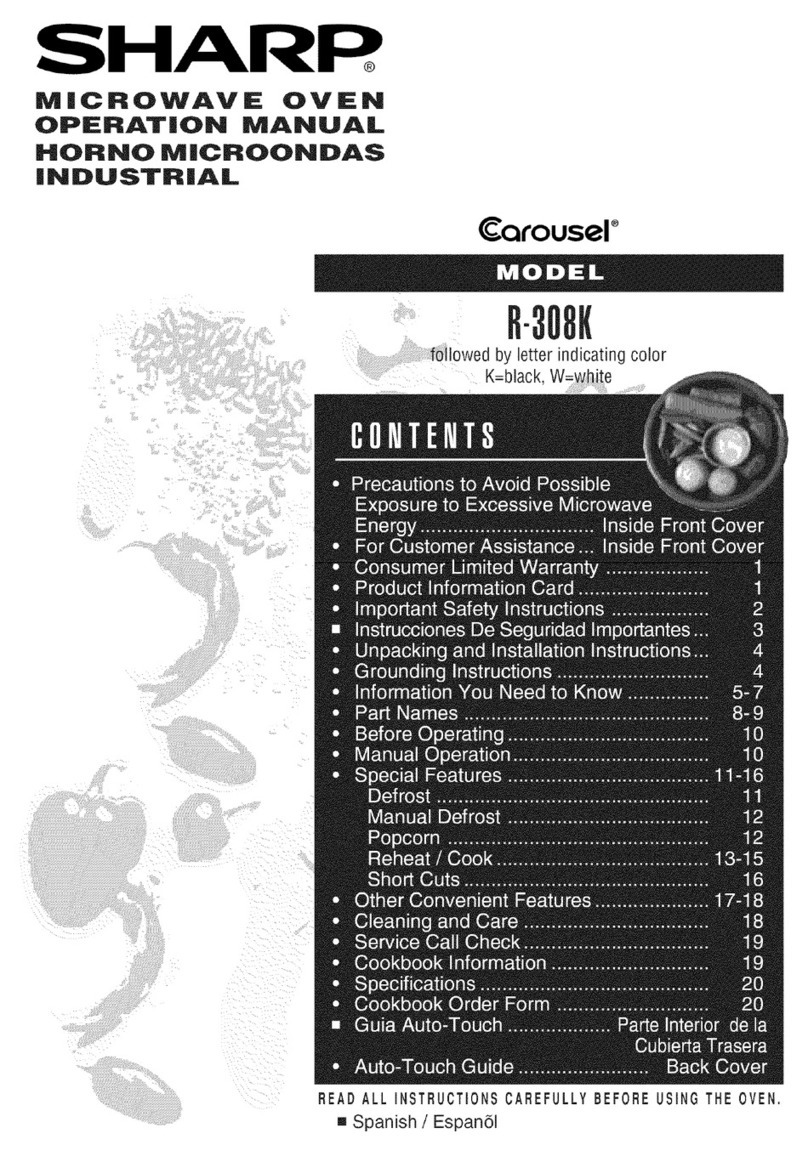
Sharp
Sharp R-308KW User manual
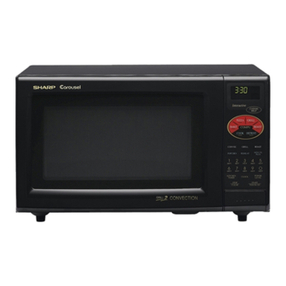
Sharp
Sharp Microwave Oven User manual
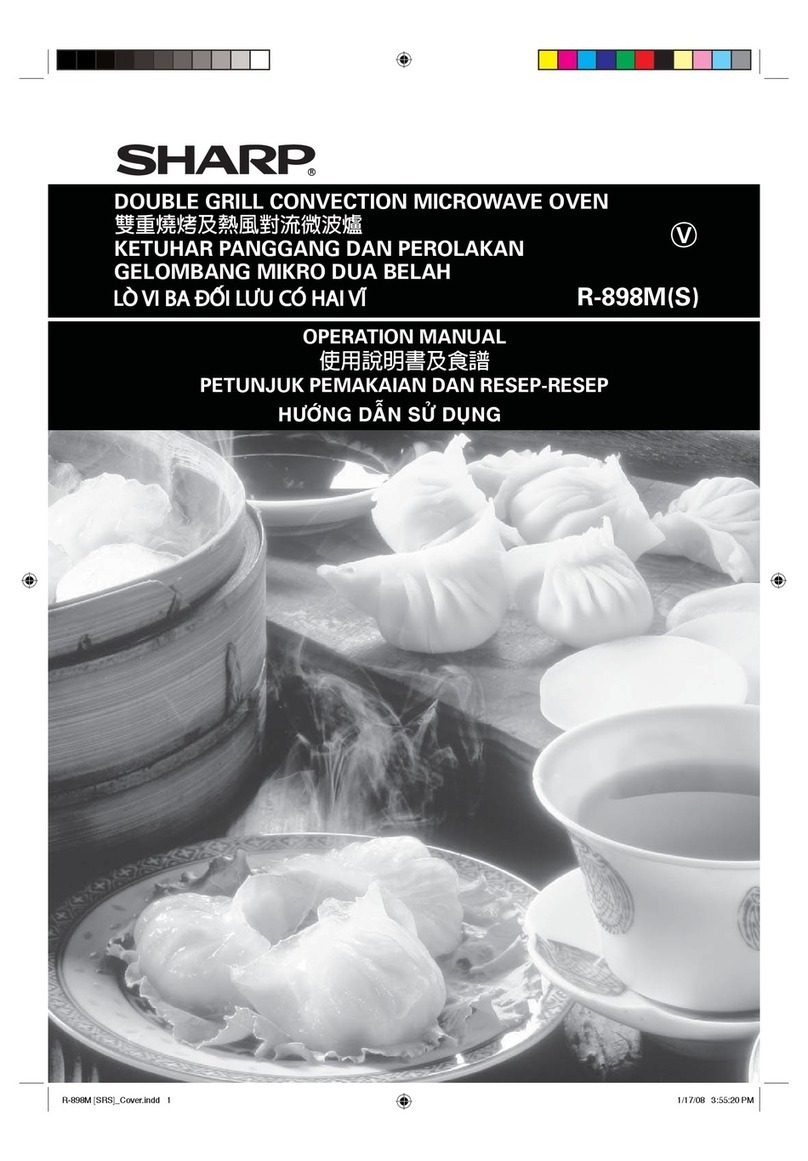
Sharp
Sharp R-898M User manual
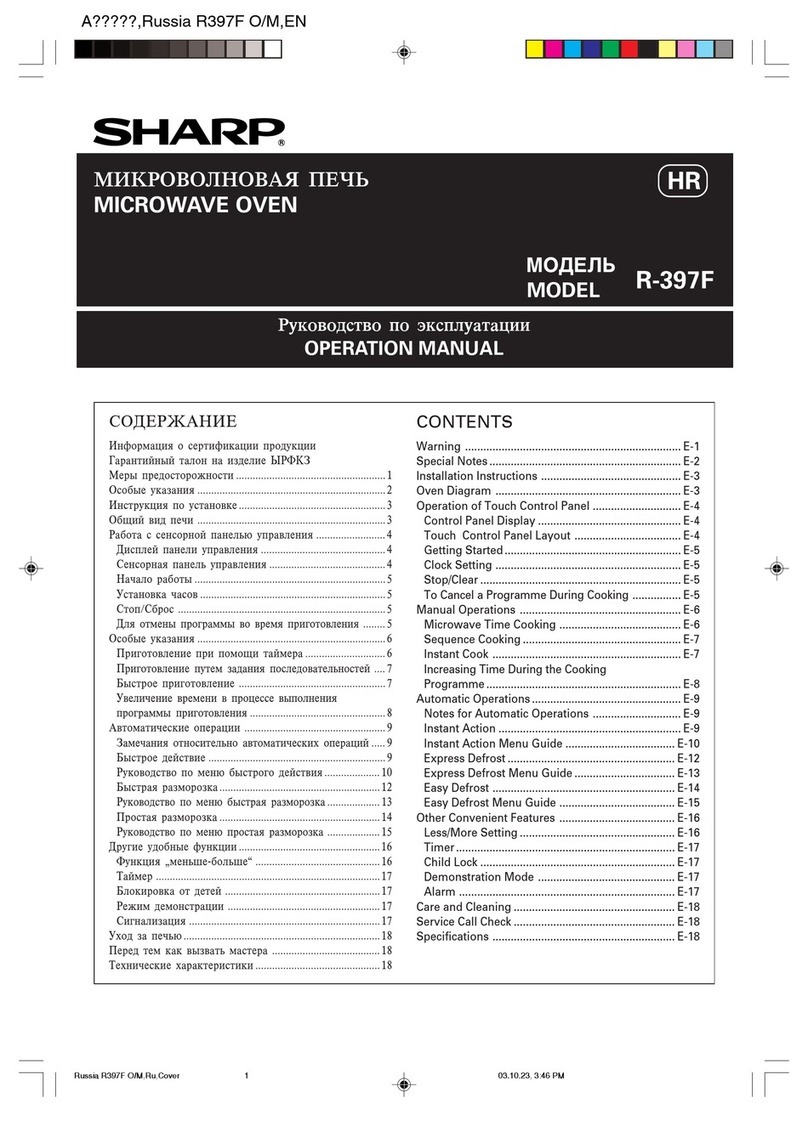
Sharp
Sharp R-397F User manual
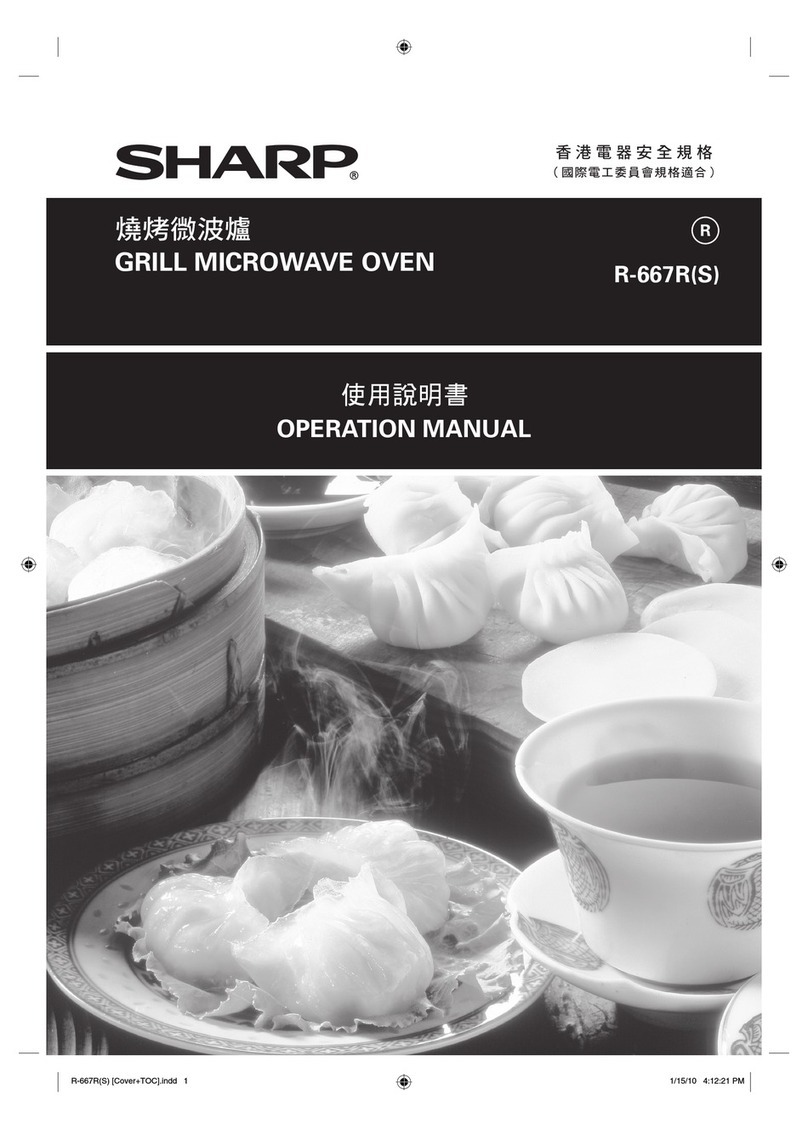
Sharp
Sharp R-667R User manual
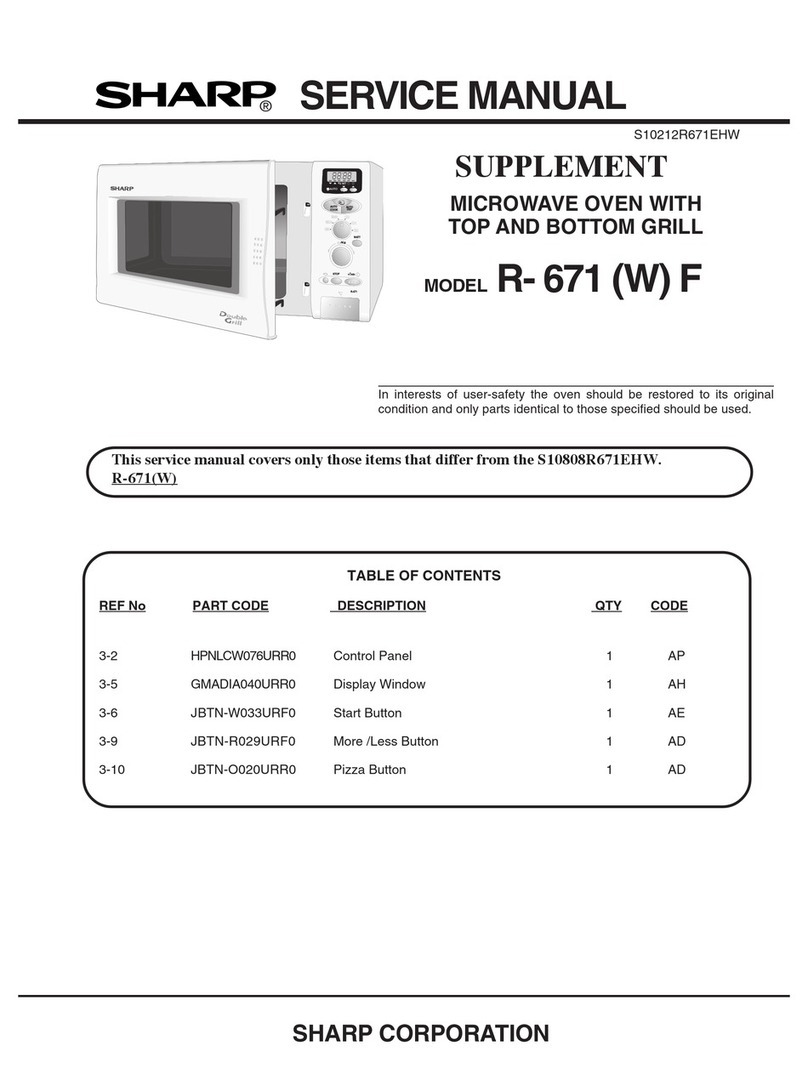
Sharp
Sharp R-671(B) User manual
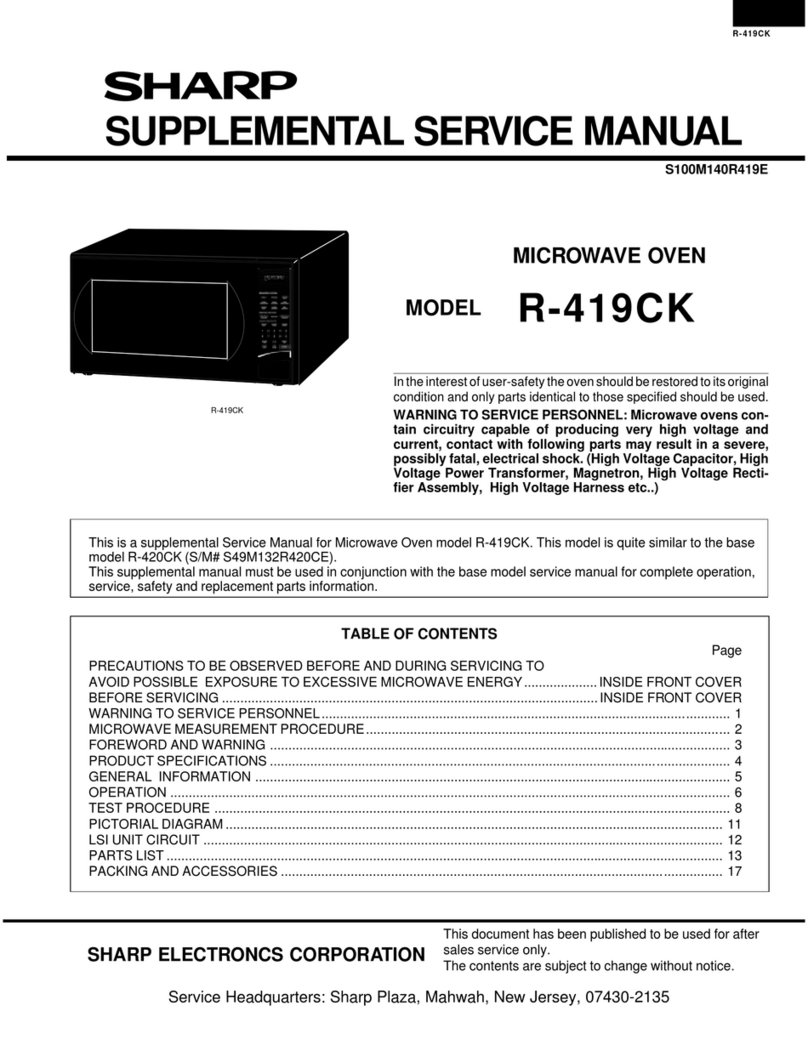
Sharp
Sharp R-419CK User manual
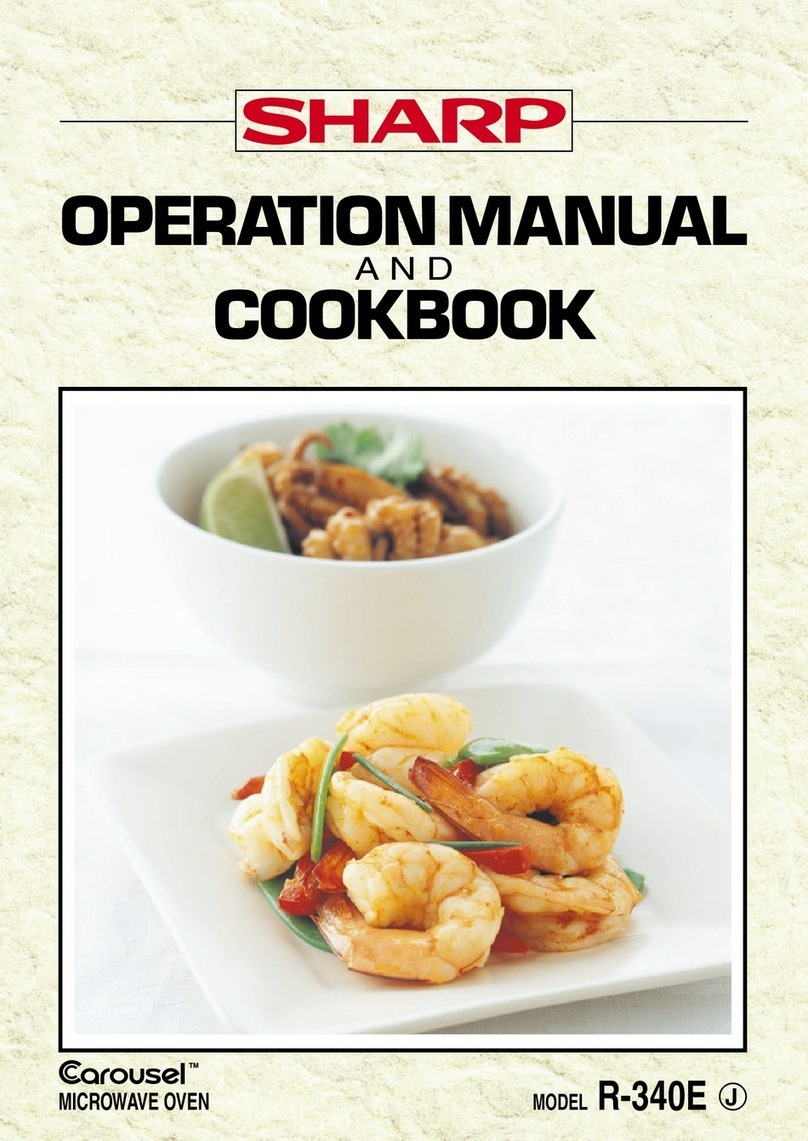
Sharp
Sharp R-340E User manual
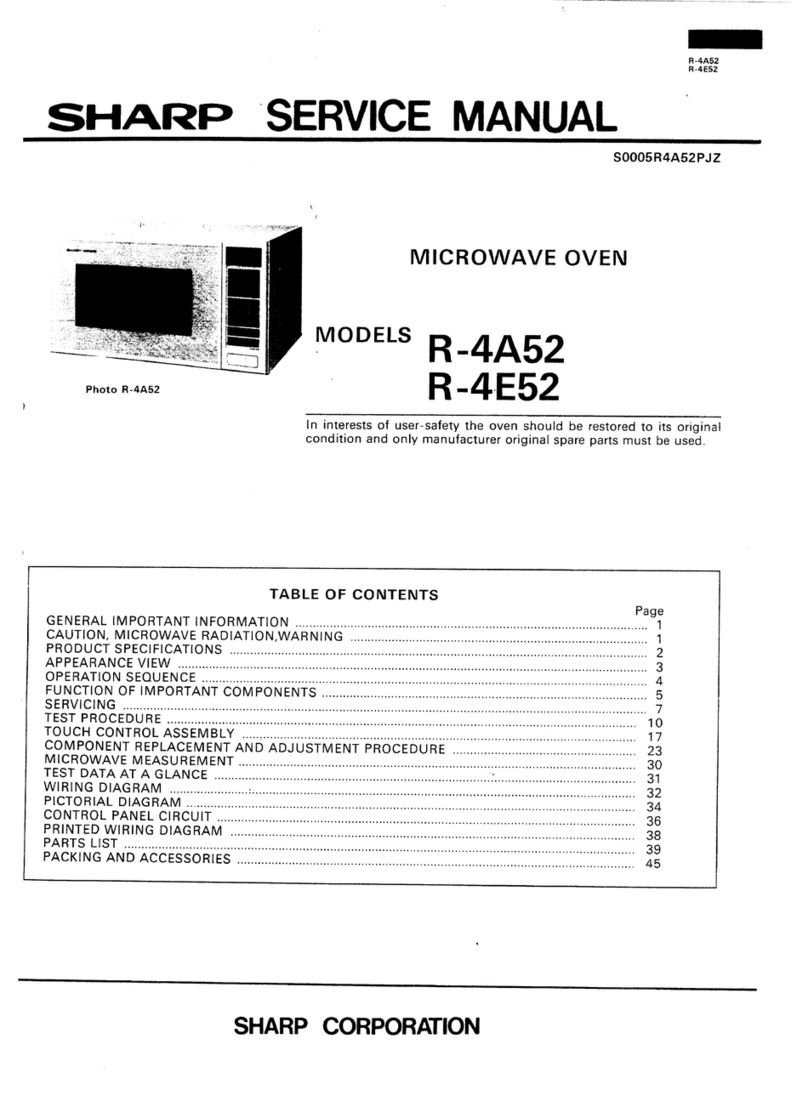
Sharp
Sharp R-4A52 User manual
Popular Microwave Oven manuals by other brands
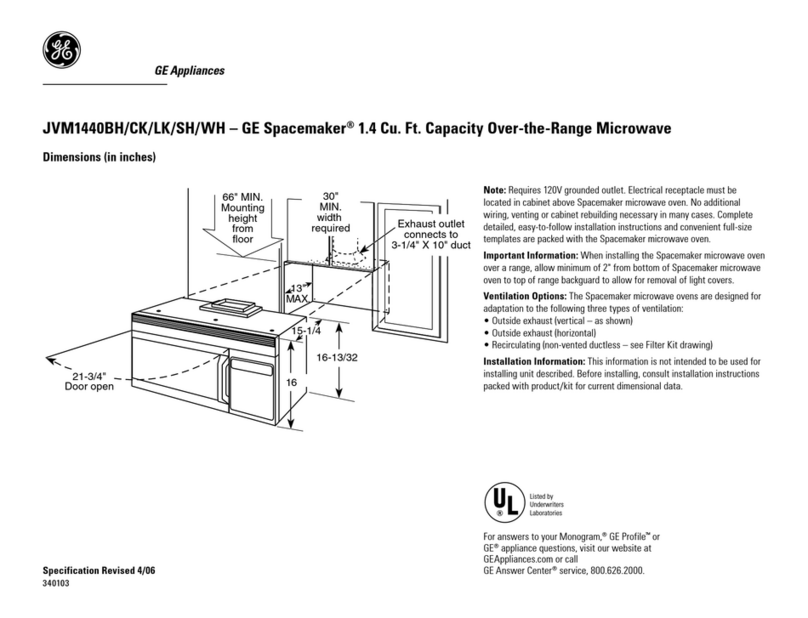
GE
GE Spacemaker JVM1440BH datasheet
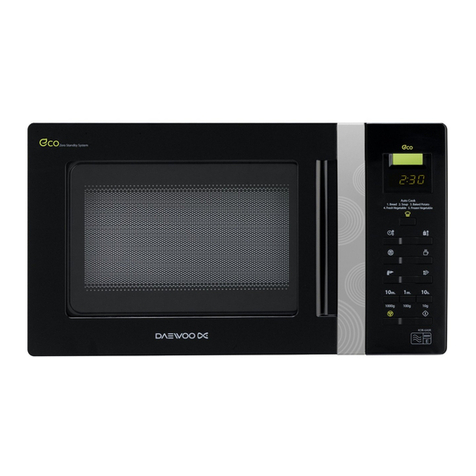
DAEWOO ELECTRONICS
DAEWOO ELECTRONICS KOR-6L8K5S83 Operating instructions & cook book
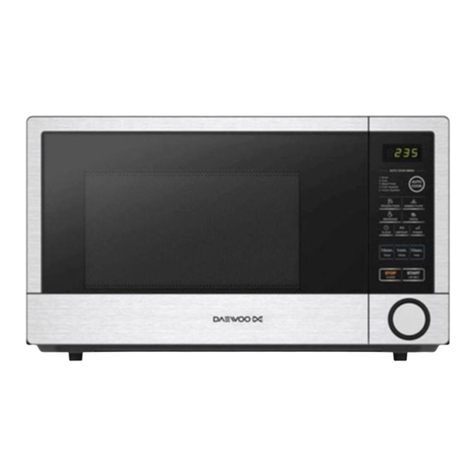
DAEWOO ELECTRONICS
DAEWOO ELECTRONICS KOR-1N5A9S Operating instructions & cook book
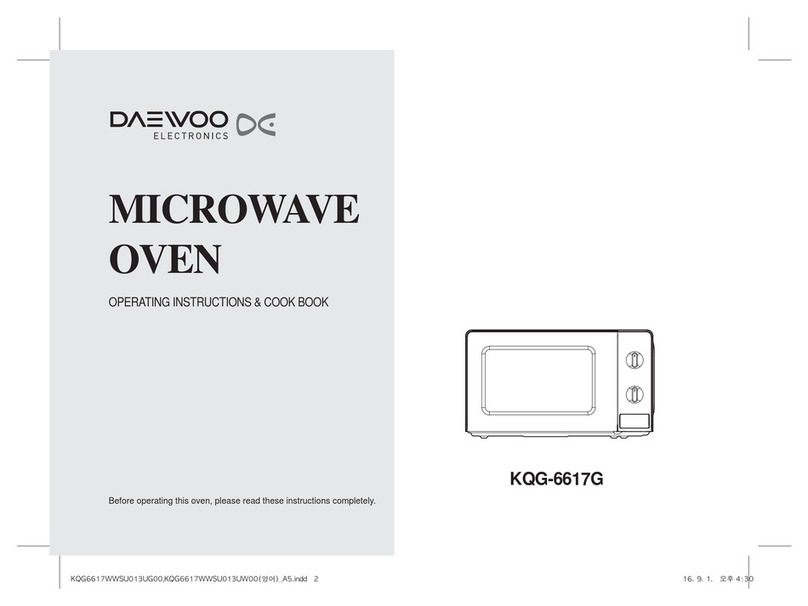
Daewoo
Daewoo KQG-6617G Operating instructions & cook book
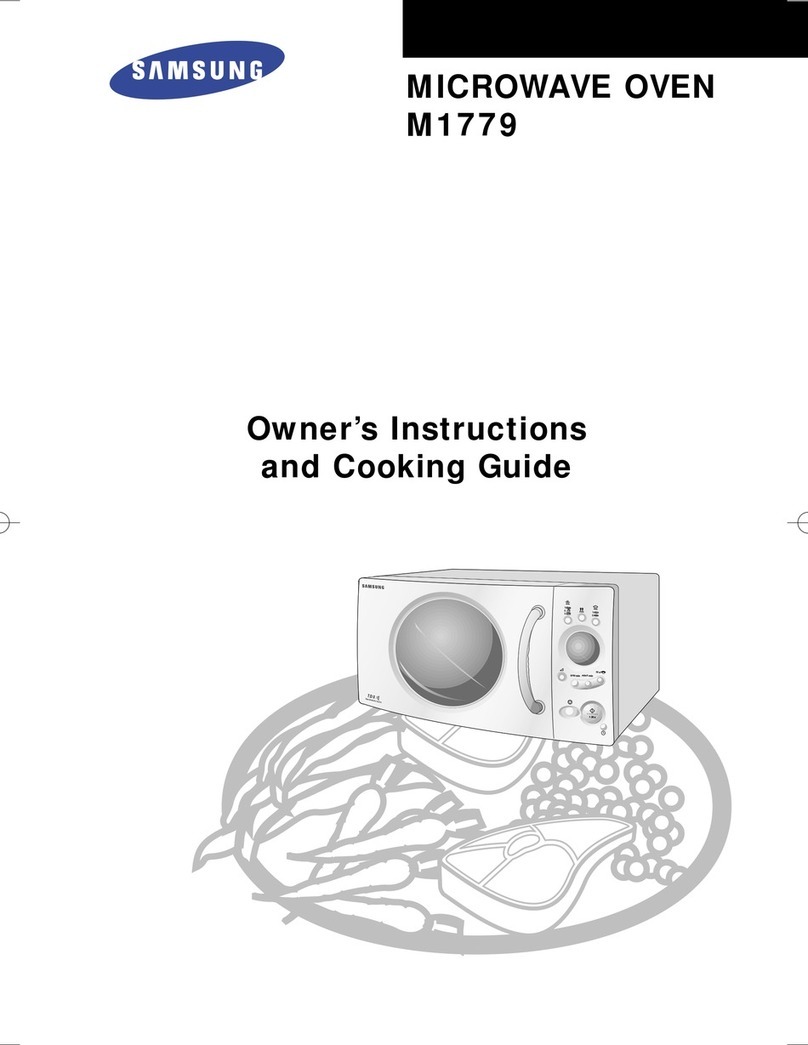
Samsung
Samsung M1779 Owner's instructions
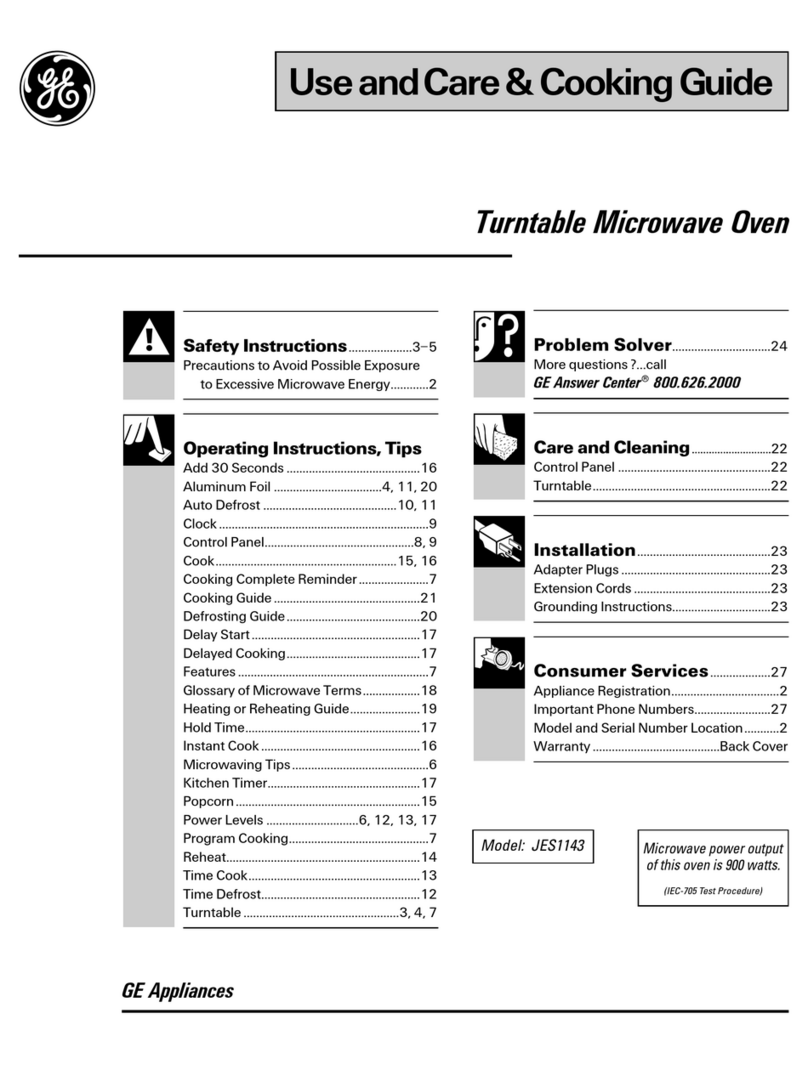
GE
GE JES1143 Use and care & cooking guide

Miele
Miele H6200BM(TB) Operating and installation instructions
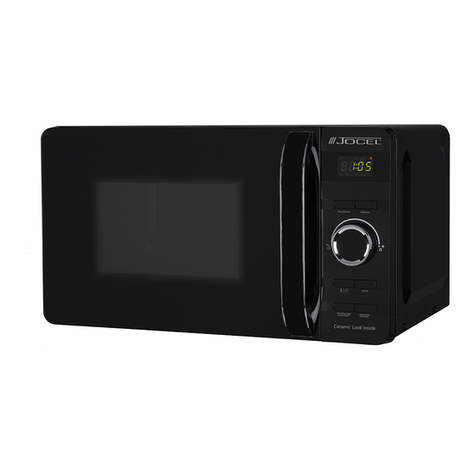
Jocel
Jocel JMO011480 instruction manual
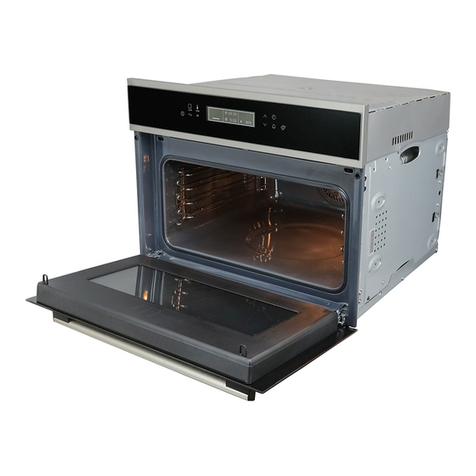
Electrolux
Electrolux EVL8E00X user manual
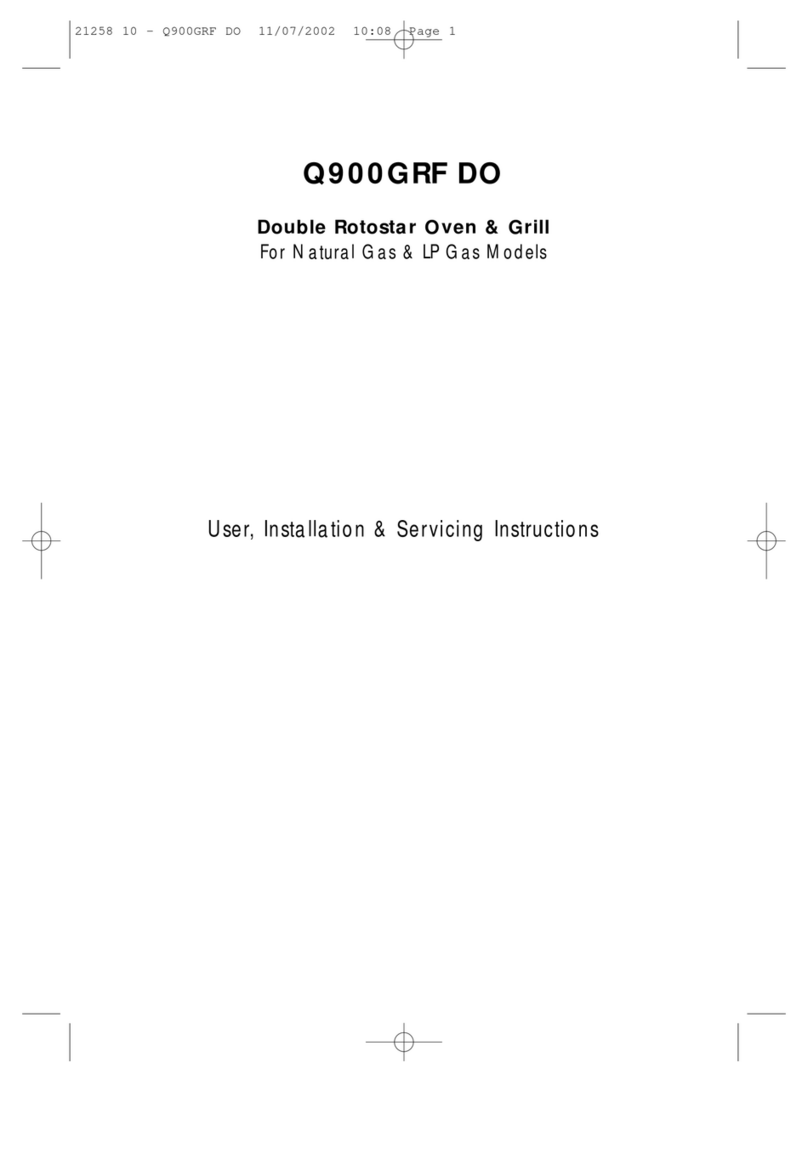
STOVES
STOVES Q900GRF DO User, installation & servicing instructions

Daewoo
Daewoo KOR-6L0B3S Operating instructions & cook book

KitchenAid
KitchenAid KCMS1555 Use and care guide

